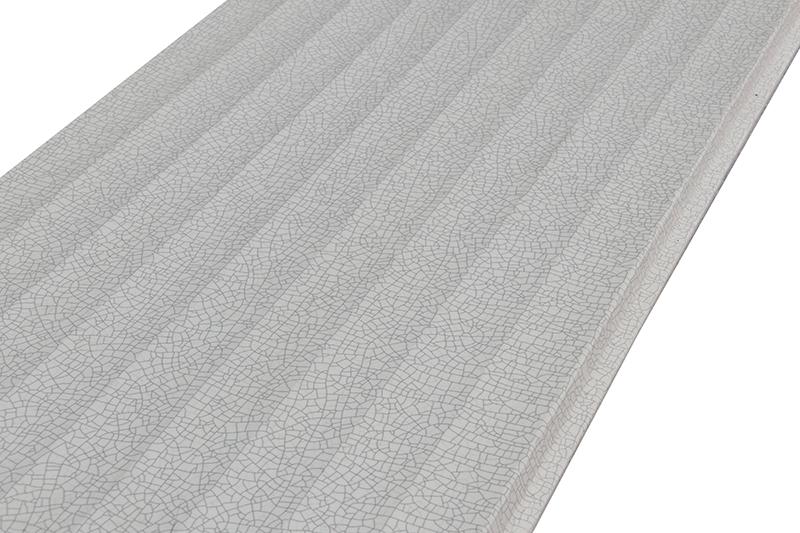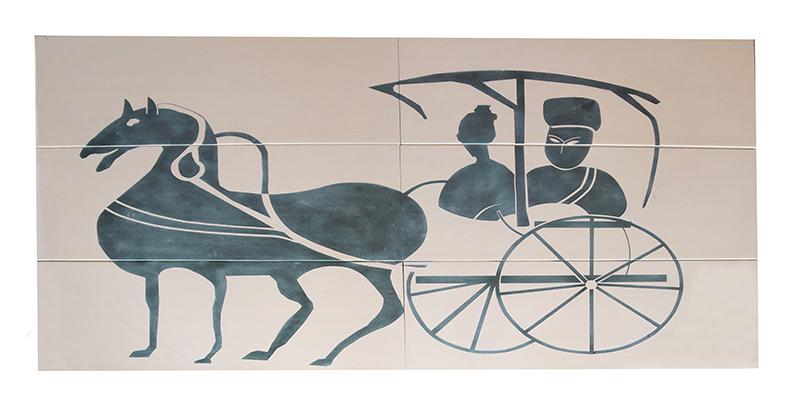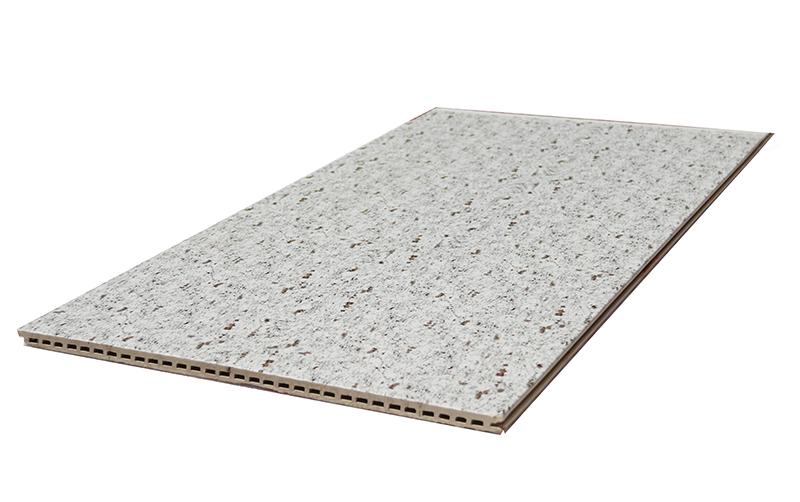Traditional terracotta curtain wall products have special features like their pure and simple ceramic textures. However, as architecture styles are becoming increasingly pluralistic, the need for an innovative variety of terracotta plate surfaces has risen along with the numberless ever-changing architect external wall designs. LOPO China is constantly trying to develop new terracotta facade surface treatment methods based on traditional craftsmanship.
Porcelain glaze finish with many cracks of different size, length, shape and spacing is called cracked glaze finish. This kind of surface was originally regarded as defected craftsmanship, but was later intentionally used as a special surface to decorate porcelain, for example in ancient China Geyao porcelain was famous for its cracked glaze finish style.
LOPO China was inspired by traditional Chinese cracked glaze finish porcelain, and thus developed LOPO cracked glaze finish terracotta plates. This product has a fine grain cracked glaze finish, and adorns the elegance of Chinese porcelain on its classic white, green and blue glaze finish.

Micro-engraved Processing
Micro-engraved processing is common in the decoration of external-wall material made from stone and glass. In fact, we can also use this processing method on terracotta plate. After choosing the desired surface pattern, the plate undergoes precise surface engraving done by a computer-controlled diamond blade. Due to hardness and thickness limits, flat carving is most commonly used, which means the patterns are only shallowly carved, and the carving must be within certain distance (usually 1-2 mm) of the plate surface. There are two types of flat carving: intaglio and relief. Carving in which the design is cut into the surface is called intaglio, and the opposite which means carving away the parts not included in the design is called relief. After carving, the patterns and textures portrayed seem very natural through the color difference between the plate surface and inner porcelain; Additional paint can be applied to emphasize the pattern.
In some terracotta tile projects, certain parts need to be adorned or emphasized with special patterns, which can be handsomely achieved with micro-engraved processing (e.g. The interior terracotta plate project for Chairman Mao Zedong Memorial Hall by LOPO China).

Digital inkjet surface techniques can also be used on terracotta plate surfaces. The patterns most commonly used are those mimicking granite and marble rock, and many external-wall projects use pottery plates with patterns resembling rock material to replace real rock. To make the digital inkjet rock patterns more realistic, the terracotta plates can be shined before treated with digital inkjet surface techniques. LOPO uses the most advanced kind of digital inkjet surface technique, guaranteeing the wear-resistance and long-lasting color of the surface.

All rights reserved. No part of this article may be reproduced or retransmitted in any form without prior permission of www.lopochina.com